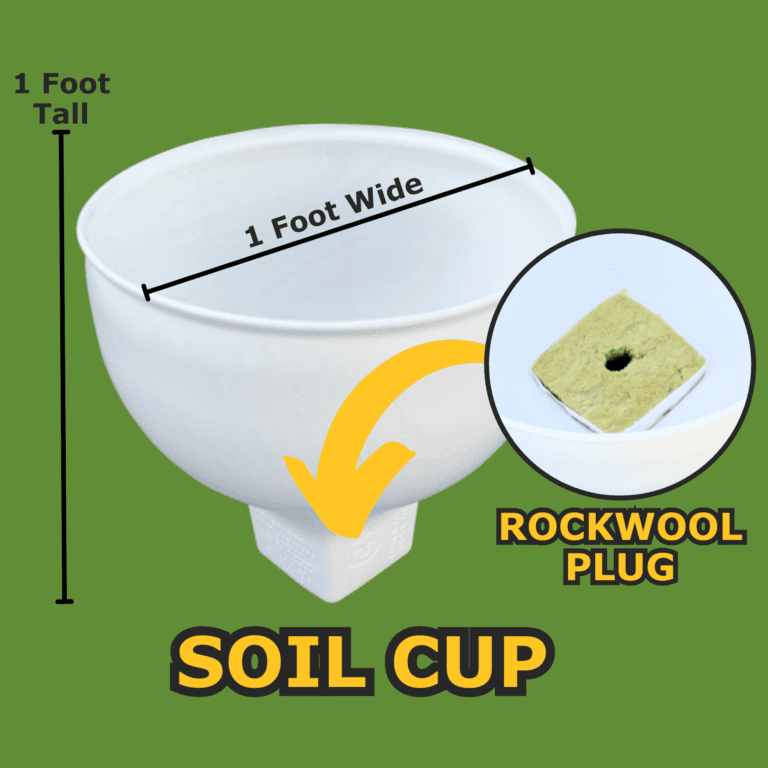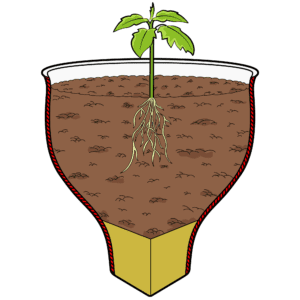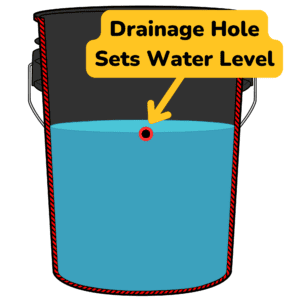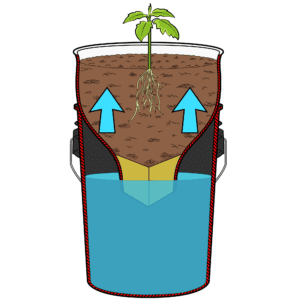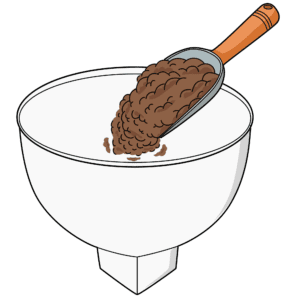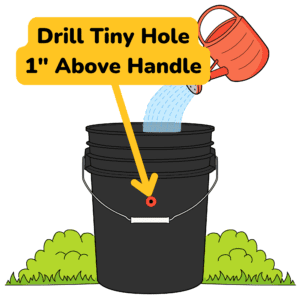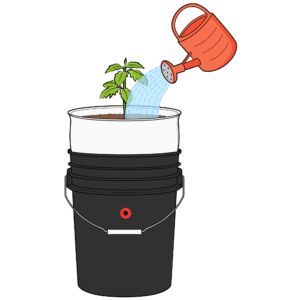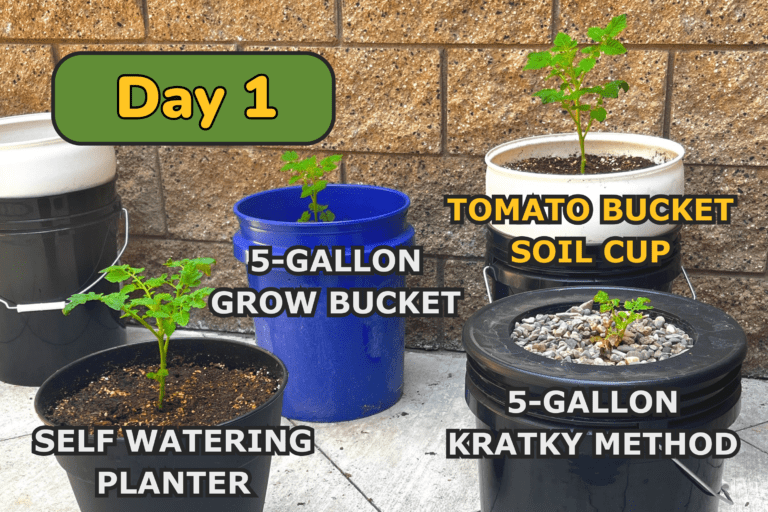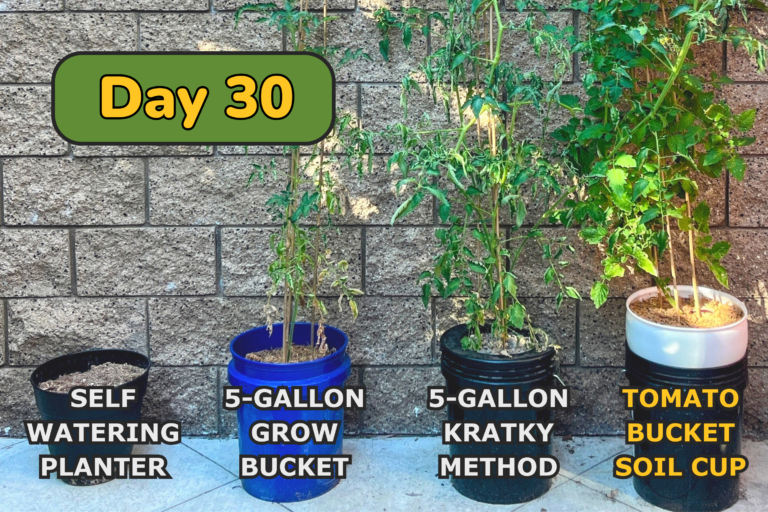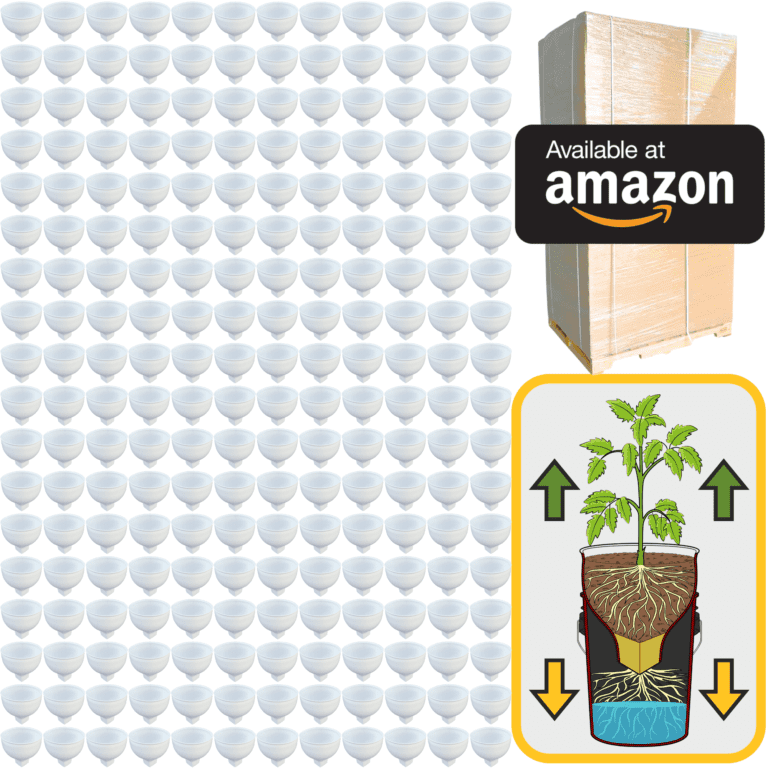To really get into gardening, it’s helpful to first understand what plants are and how they function. This might sound a bit scientific, but trust me, it’s actually quite simple once you break it down. And the more you understand the basics of plant life, the easier and more intuitive gardening becomes. Plants aren’t mysterious—they’re predictable, reliable, and they follow certain rules of nature. Once you grasp these basic principles, you’ll have a solid foundation to grow just about anything.
So, let’s start at the very beginning. A plant is a living thing, and like all living things, it has needs. But unlike animals or humans, plants have a pretty unique way of meeting their needs. While we have to eat food to get energy, plants can actually create their own food. This process is called photosynthesis, and it’s truly the engine behind plant life. All plants rely on photosynthesis to survive and grow, and once you understand how this works, you’ll start to see why things like sunlight, water, and healthy soil are so important.
The main ingredients for photosynthesis are light from the sun, water from the soil, and carbon dioxide from the air. Plants use their leaves to capture sunlight, and inside their leaves are tiny structures called chloroplasts. These chloroplasts act like little solar panels, soaking up the sunlight and converting it into energy. This energy is what powers everything else the plant does, from growing taller to producing flowers or fruits. It’s incredible to think that a plant can take something as simple as sunlight and turn it into the food it needs to grow.
But of course, photosynthesis can’t happen without the other key ingredients—water and carbon dioxide. Plants pull water from the soil through their roots. The roots work tirelessly, spreading out underground to find and absorb as much water and nutrients as they can. These nutrients are like vitamins for the plant, helping it stay healthy and strong. Once the water and nutrients are absorbed by the roots, they travel up through the stem to reach the leaves, where the magic of photosynthesis happens.
While the roots are busy underground, the leaves are working hard above ground. The leaves have tiny openings called stomata, which allow the plant to take in carbon dioxide from the air. The plant uses this carbon dioxide, along with water and sunlight, to create its food. As a byproduct, plants release oxygen into the air—something we all benefit from. So when you’re growing a garden, you’re not just producing beautiful flowers or tasty vegetables; you’re also helping to purify the air around you.
Now, let’s talk about the stem. You can think of the stem as the plant’s transportation system. It carries water and nutrients from the roots to the leaves, and it sends the food created in the leaves back down to the rest of the plant. The stem also gives the plant structure, holding it upright and allowing it to grow toward the sunlight. A strong, healthy stem is a sign that the plant is doing well.
Every part of the plant works together in a coordinated way. The roots, stem, leaves, and even flowers all play a role in the plant’s survival. When a plant is thriving, it’s because all these parts are doing their jobs and getting what they need. As a gardener, your main role is to make sure the plant’s basic needs—light, water, and nutrients—are met so that these natural processes can take place. When you get that balance right, your plants will practically take care of themselves.
But it’s not just about knowing what plants need—it’s also about understanding how they communicate with you. Plants may not speak, but they’re constantly giving you signs about what’s going on inside them. If a plant isn’t getting enough light, it might start to grow tall and spindly as it reaches for the sun. If the leaves are turning yellow, it could be a sign of overwatering or a lack of certain nutrients. And if the plant is wilting, it’s often telling you that it’s thirsty. By paying attention to these signs, you’ll be able to figure out what your plant needs and adjust your care accordingly.
It’s also helpful to remember that the health of your plant starts with the soil. Healthy soil is full of life—tiny organisms, minerals, and nutrients that plants rely on. If the soil isn’t rich enough or doesn’t drain well, the roots can’t do their job properly. That’s why knowing what kind of soil you’re working with is so important. Different plants prefer different types of soil. Some love well-drained, sandy soil, while others do best in rich, loamy soil. Once you know what your plants need, you can adjust the soil by adding compost, mulch, or other organic matter to make sure they get the best foundation possible.
Plants are also incredibly adaptable. They respond to their environment in ways that can be subtle but are always fascinating. For example, if you’ve ever noticed a plant bending toward a window, it’s because plants naturally grow toward light—a behavior known as phototropism. Roots, on the other hand, grow downwards due to gravity. This ability to adjust to their surroundings is what makes plants so resilient. As a gardener, you’ll come to appreciate these small but powerful adaptations, and they’ll guide you in making choices about where to plant and how to care for each one.
Understanding the fundamentals of how plants work can transform how you approach gardening. Once you see how all the pieces fit together—the roots searching for water, the leaves capturing sunlight, the stem transporting nutrients—it becomes clear that gardening is less about forcing plants to grow and more about creating the right conditions for growth to happen naturally.
With this basic knowledge, you’ll start to feel more confident as a gardener. You’ll know why certain things matter, like how much light your plants get, what type of soil they’re planted in, and how often they’re watered. You won’t need to guess as much, because you’ll understand what your plants need to thrive. And as you gain more experience, you’ll begin to see that plants are not as delicate or mysterious as they might seem. They’re strong, resilient, and more than capable of thriving when given the right care.
Gardening is about partnership—between you and the plants, between the soil and the sun, and between the water and the roots. When you understand this, you’ll see that growing plants isn’t something to be intimidated by. It’s something to enjoy, one step at a time. You’ll find yourself not only growing plants but also growing your own understanding and appreciation of the natural world. Each day spent in the garden is a lesson, and with each lesson, you’ll become more in tune with the life you’re nurturing.

